The lost plan to connect Brooklyn to Staten Island with a ‘boulevard under the sea’
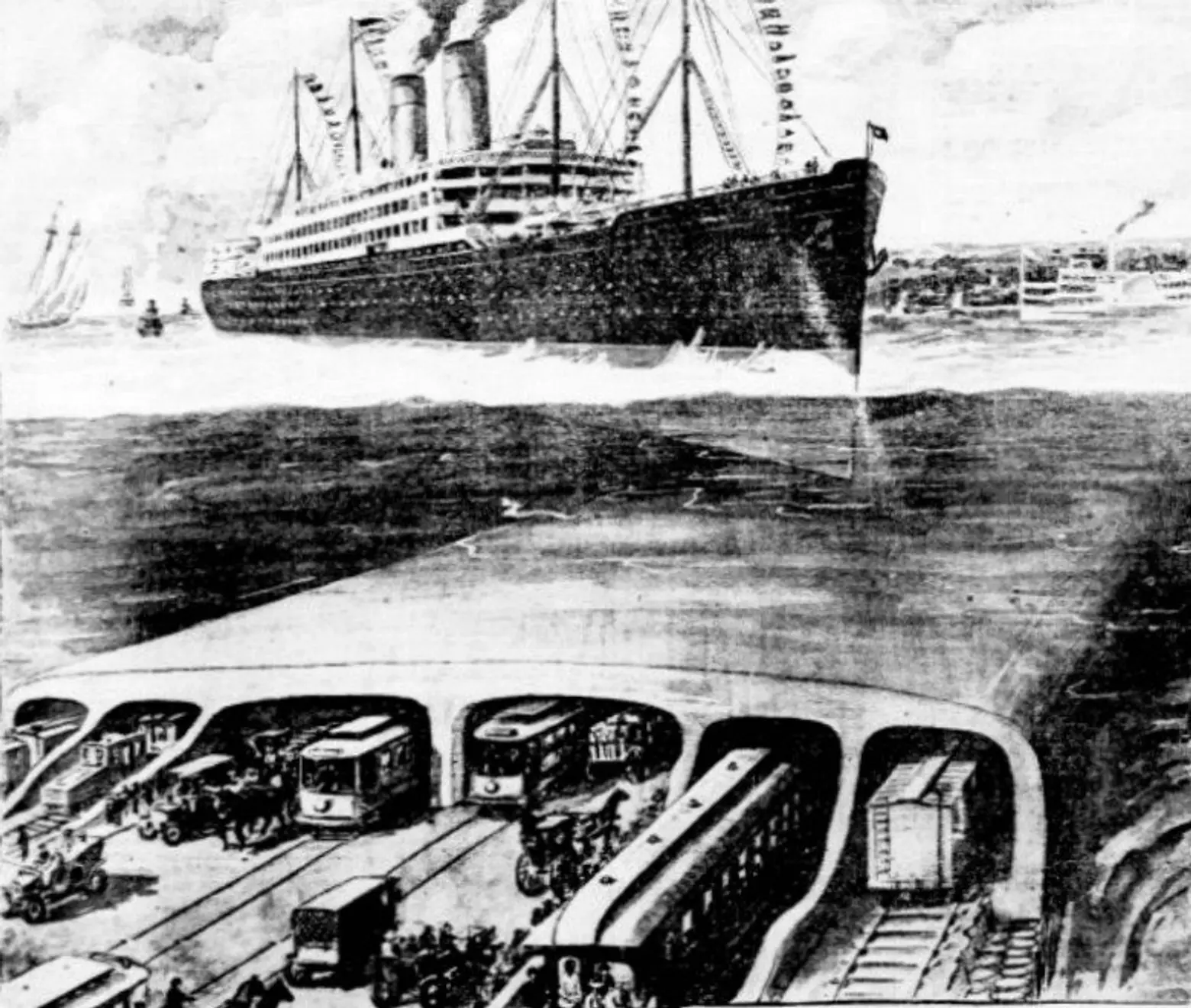
Back when New York City planners were dreaming of building new tunnels and bridges, they set their sights toward Staten Island. It was the turn of the 18th century and the city was in the midst of a Brooklyn boom following the debut of the Brooklyn Bridge in 1883. In 1909, the Manhattan Bridge opened to accommodate the growth of Brooklyn residents who needed ways to get in and out of the newly-developed borough. So the city started thinking about Staten Island. Today, of course, the two boroughs are connected by the Verrazano Bridge. But according to Brownstone Detectives, “Before talk of a bridge began… there was talk of a grand tunnel.”
By 1910, creating a connection between Staten Island and Brooklyn had become pressing. Newspapers, like the New York Tribune, were asking “Just how will we travel between Brooklyn and Staten Island?” The “Boulevard Under The Sea” proposal, pictured above, gained traction with planners and politicians.
The Tribune believed a tunnel would keep New York residents’ money within city limits by restricting the ability to travel or “get away to Jersey or Westchester.” The article envisioned “a tunnel 100 feet wide and 10,000 feet long easy of approach at either end for vehicular traffic of all kinds.”
The Brooklyn Daily Eagle posted this headline in its December 4th, 1910 edition.
While plans for a “grand boulevard under the sea” never came true, the city kept working to create a tunnel between the two boroughs. In 1913, the city and two private companies signed a contract for the rehabilitation of many of the city’s existing subway lines and construction of new lines. One of these projects included the BMT Fourth Avenue Subway line, which proposed a line to extend through Brooklyn and to Staten Island. According to Untapped Cities, “A tunnel across the Narrows would have connected Southern Brooklyn to Staten Island. Construction began on the line, but it was never completed.”
It was one of the more realistic transit proposals across New York, and the city did, in fact, try to move ahead on it. Construction kicked off in 1923. If completed, the two tubes would have been 10,400 feet long, longer than any tunnel in the United States at that time. But it had only gone 150 feet into the Narrows before the project was halted and the engineering staff was laid off. Later proposals to complete the tunnel, including 1939 plans for the Independent Subway System’s ambitious “Second System,” were never funded.
By 1945, a report by Mayor LaGuardia’s special committee on transportation deemed a tunnel to Staten Island from Manhattan “unthinkable,” and stated a tunnel between Brooklyn and Staten Island was “not feasible now but must wait ten years.” That never happened either. Instead, construction began on the Verrazano–Narrows Bridge in 1959. The early proposals had the bridge also serving as a rail link, connecting the 95th Street Bay Ridge subway station. But alas, no space for tracks was ever built. The reason why? Master builder Robert Moses’s opposition to the expansion of New York’s public transportation system.
RELATED:
Interested in similar content?
Leave a reply
Your email address will not be published.
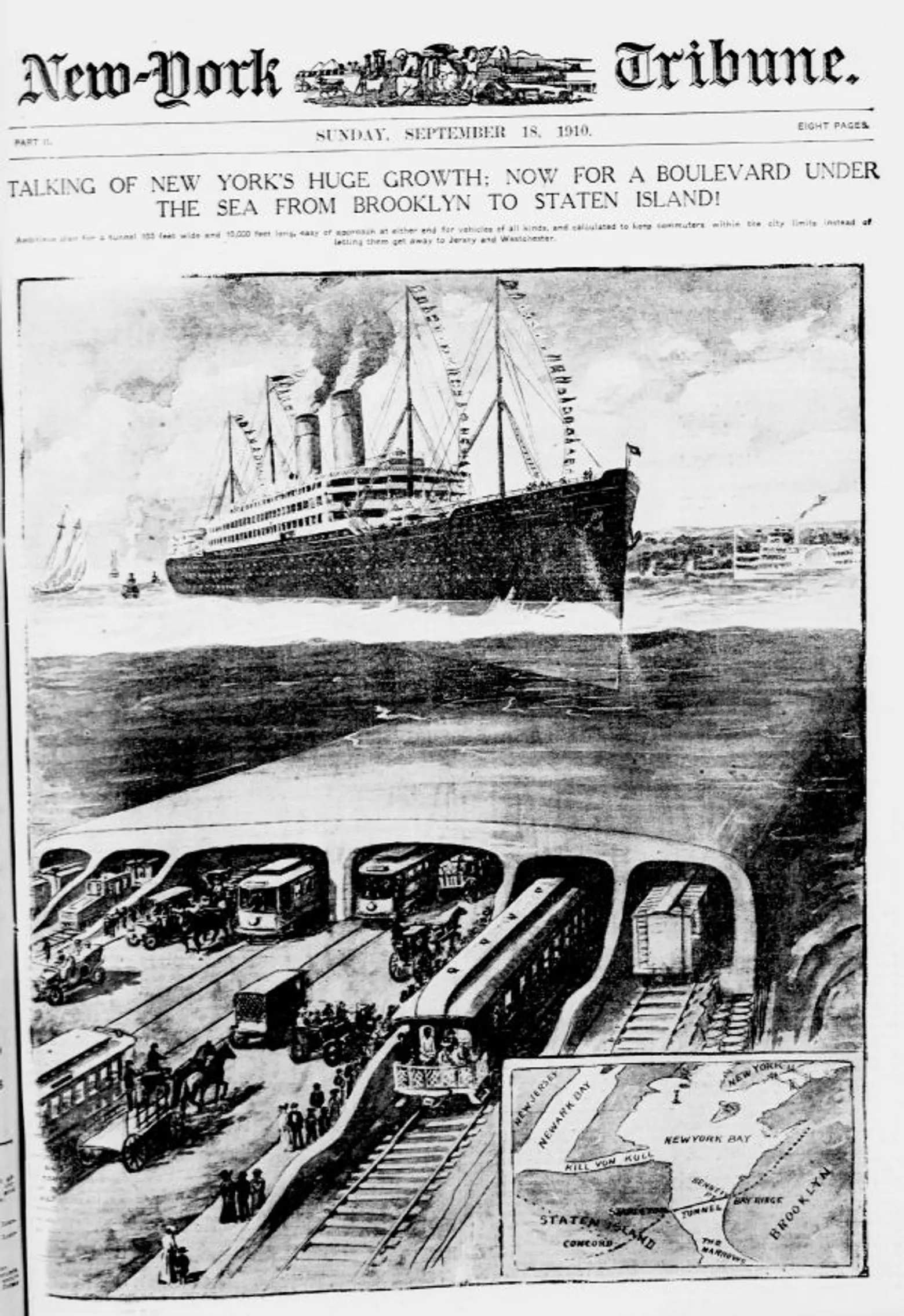
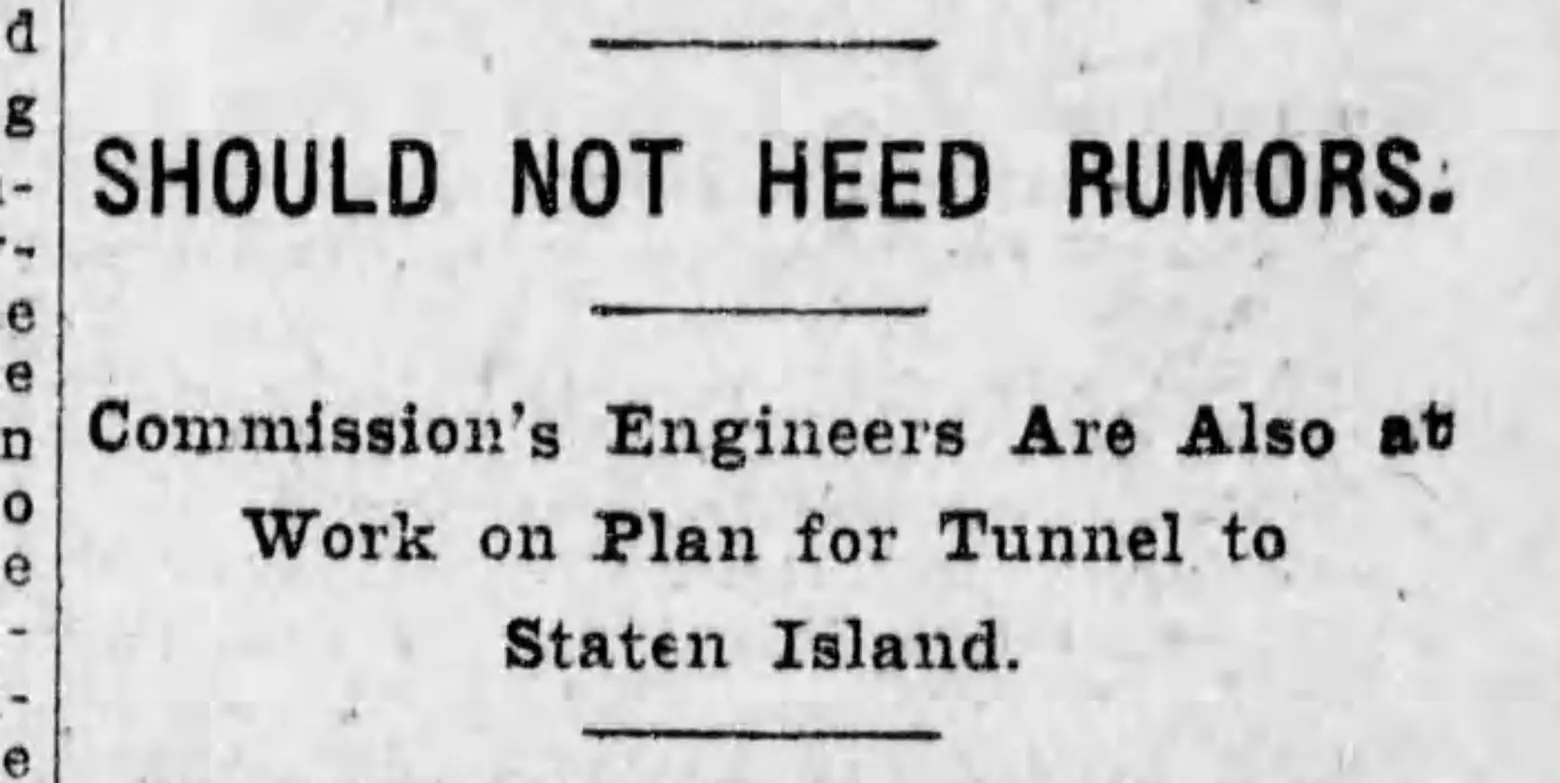
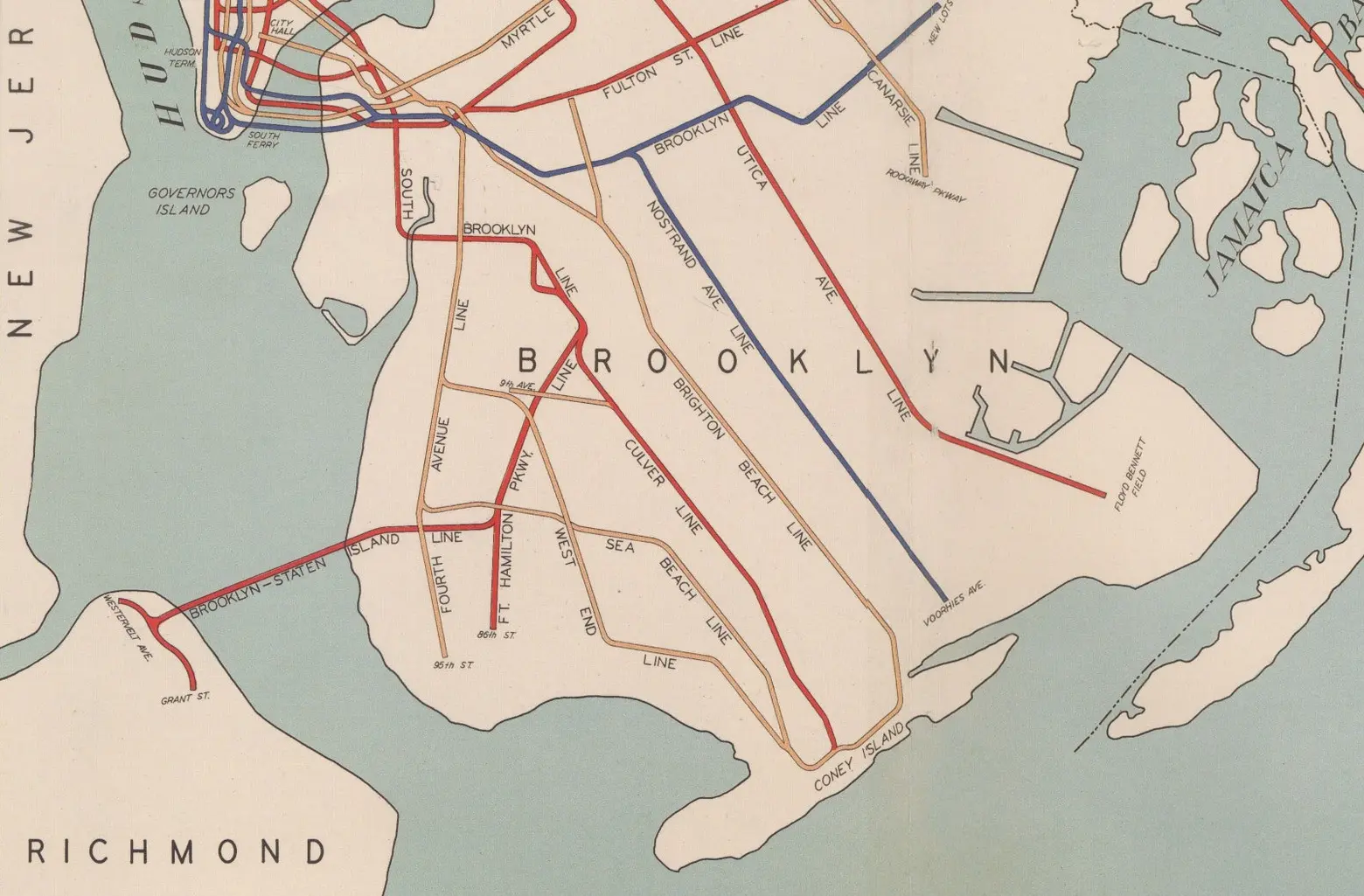
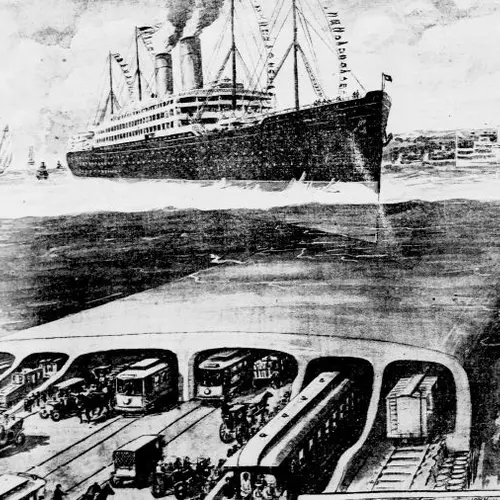
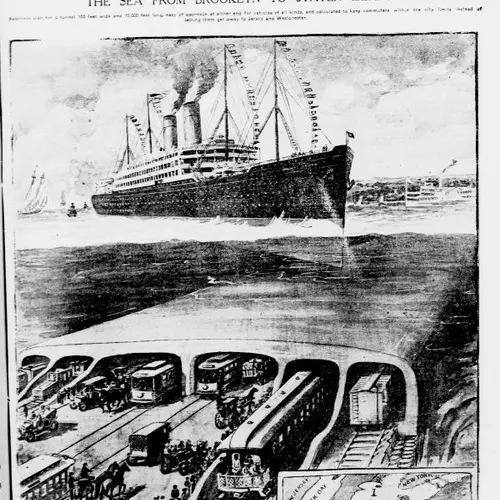
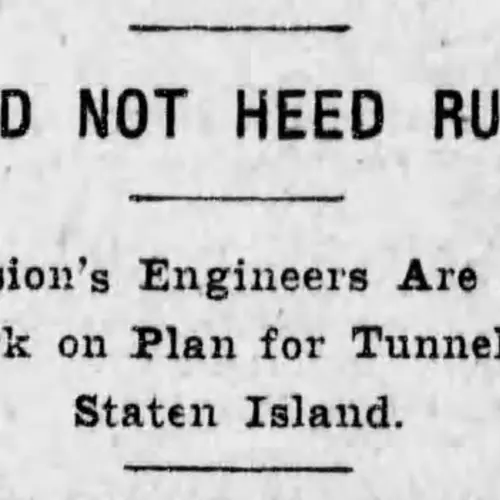
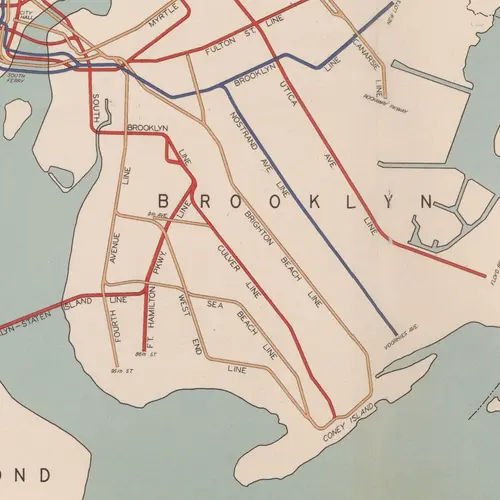
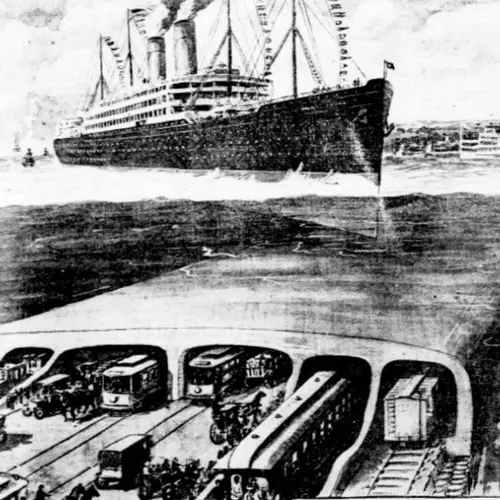

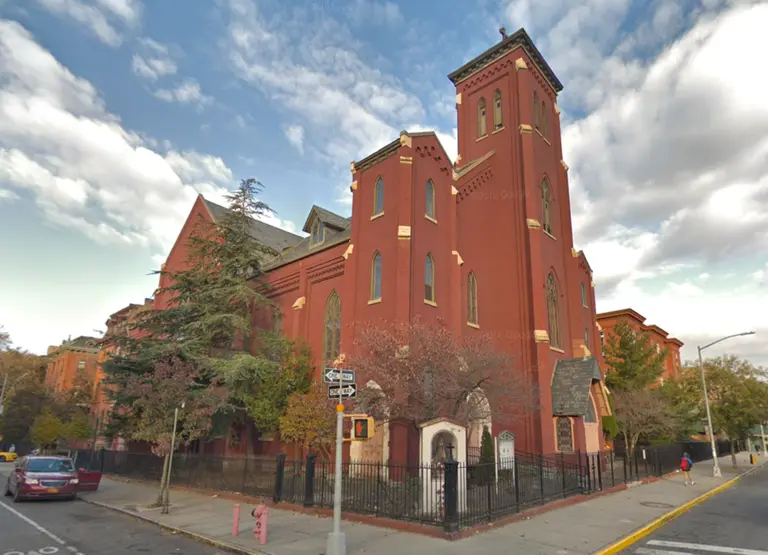
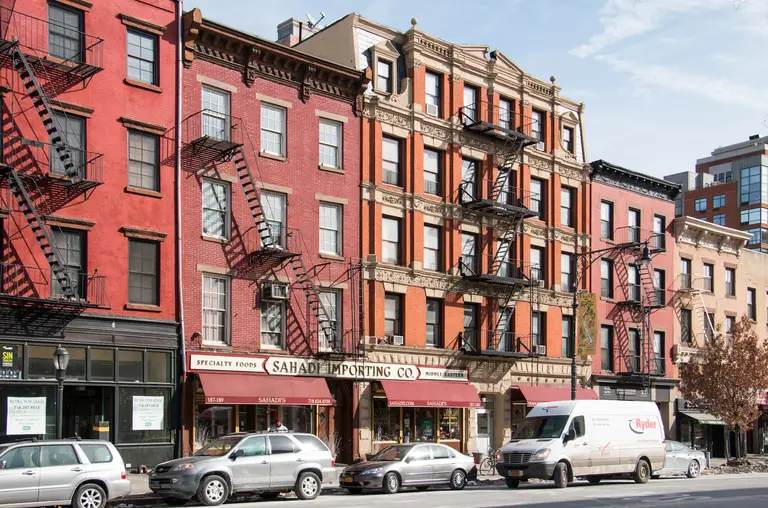
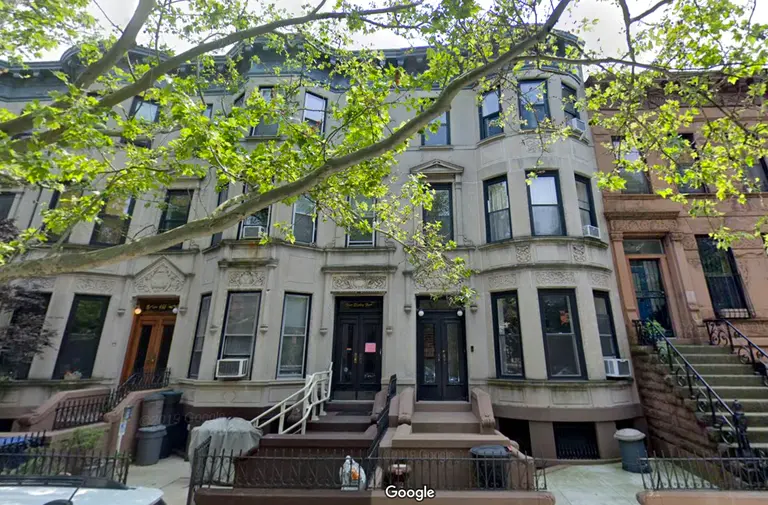
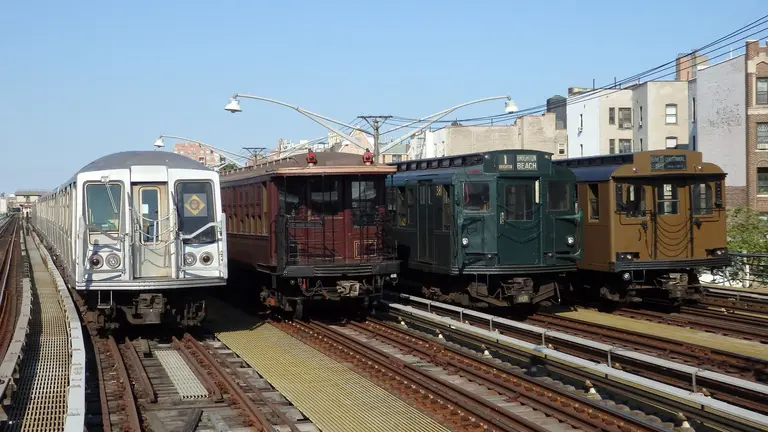
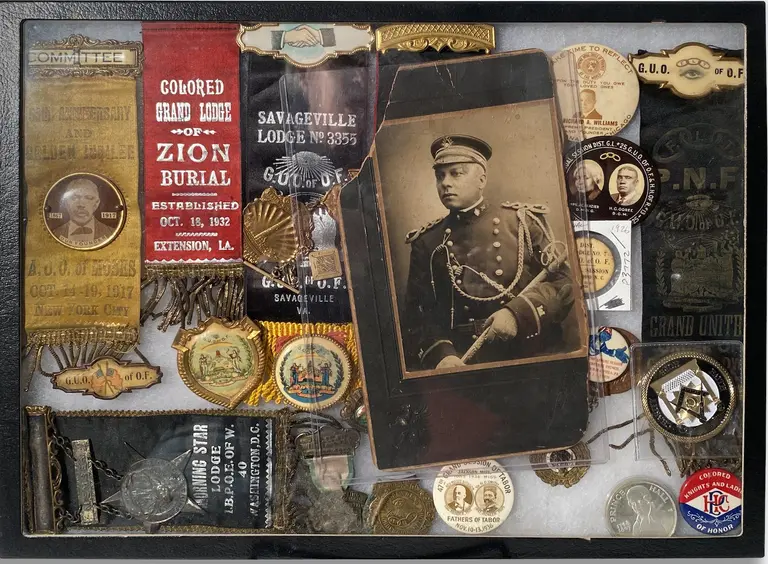





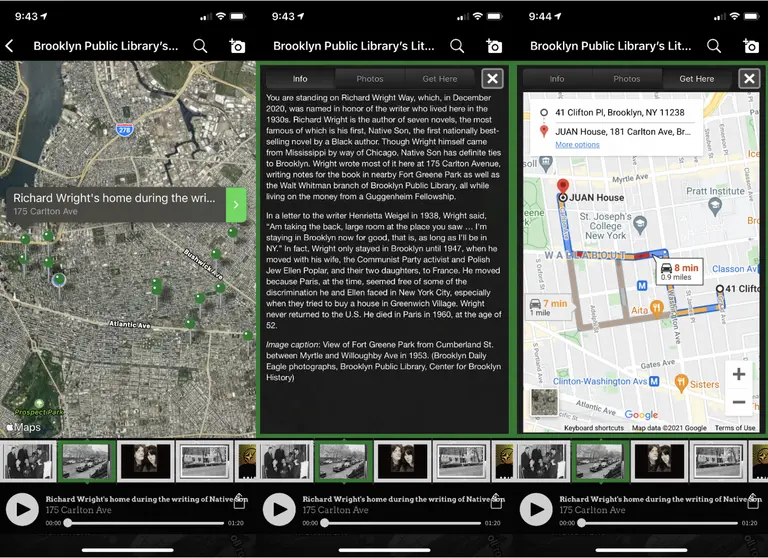
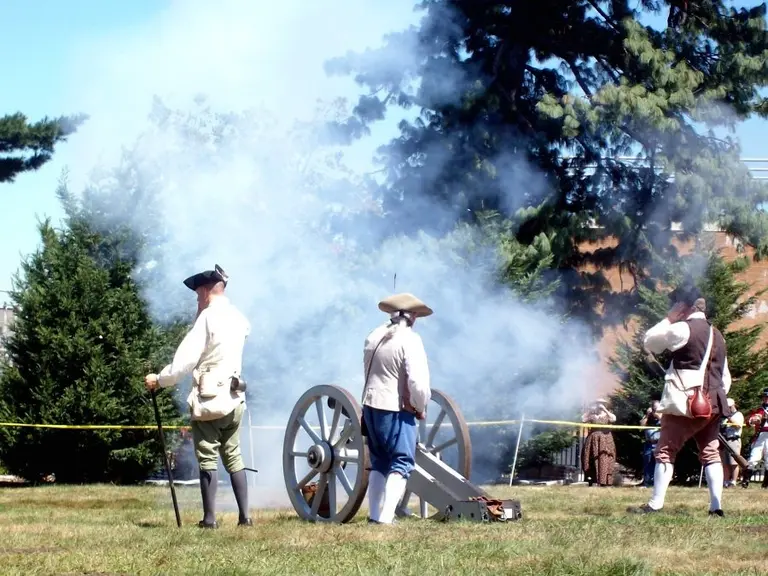
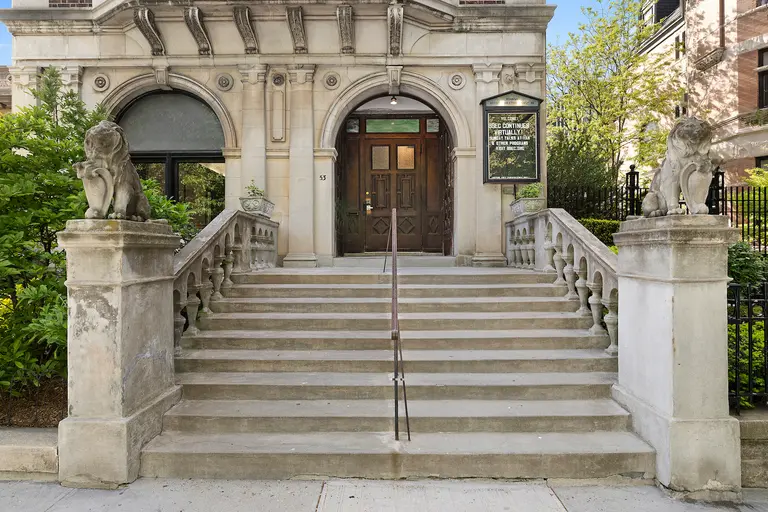
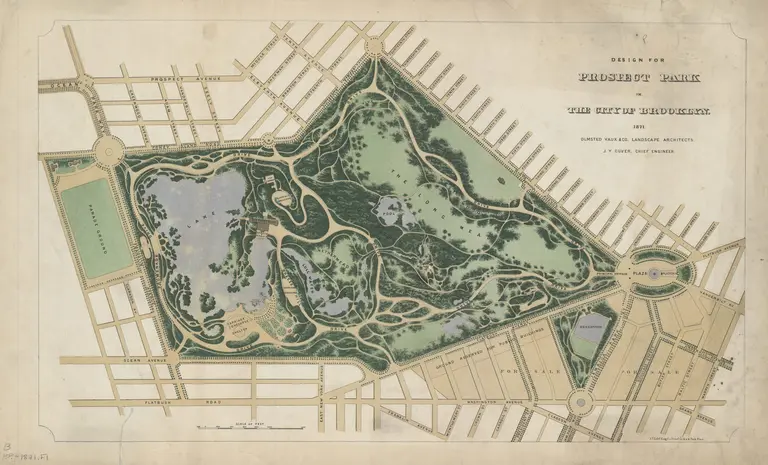
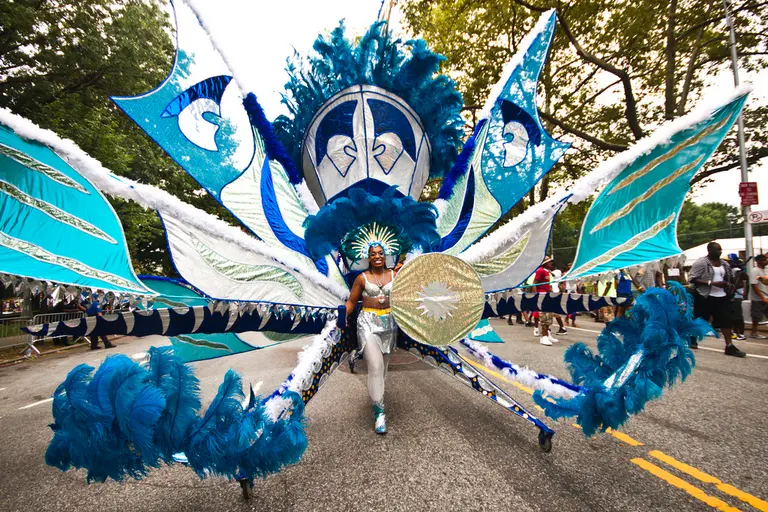
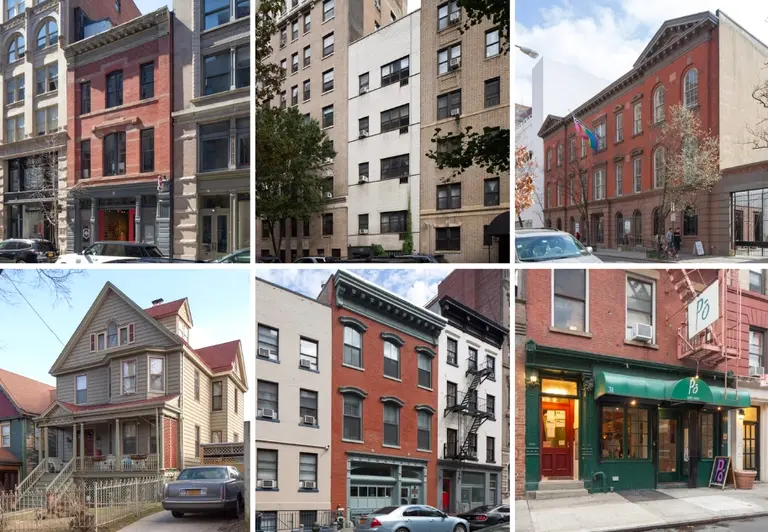











There was also a plan to connect the BMT 4th Avenue subway to Staten Island.
It,s never to late you could always take 1 lane out on the LL of the verrazano the bridge in each direction the bridge has 6 lanes the highways on both sides have 3 so what is the point of 6 lanes really. Even if you take out 2 lanes each way on the LL you still have 3 lanes each way and an HOV lane
End of the 1800s would be the turn of the 20th century.